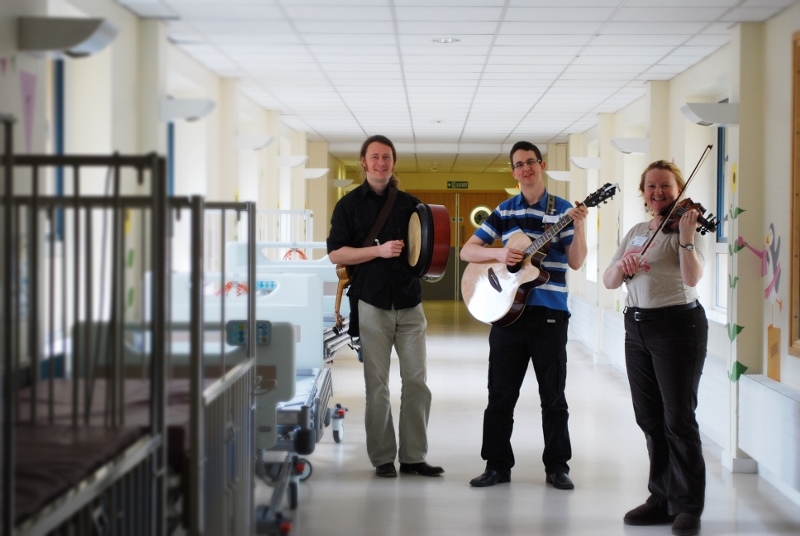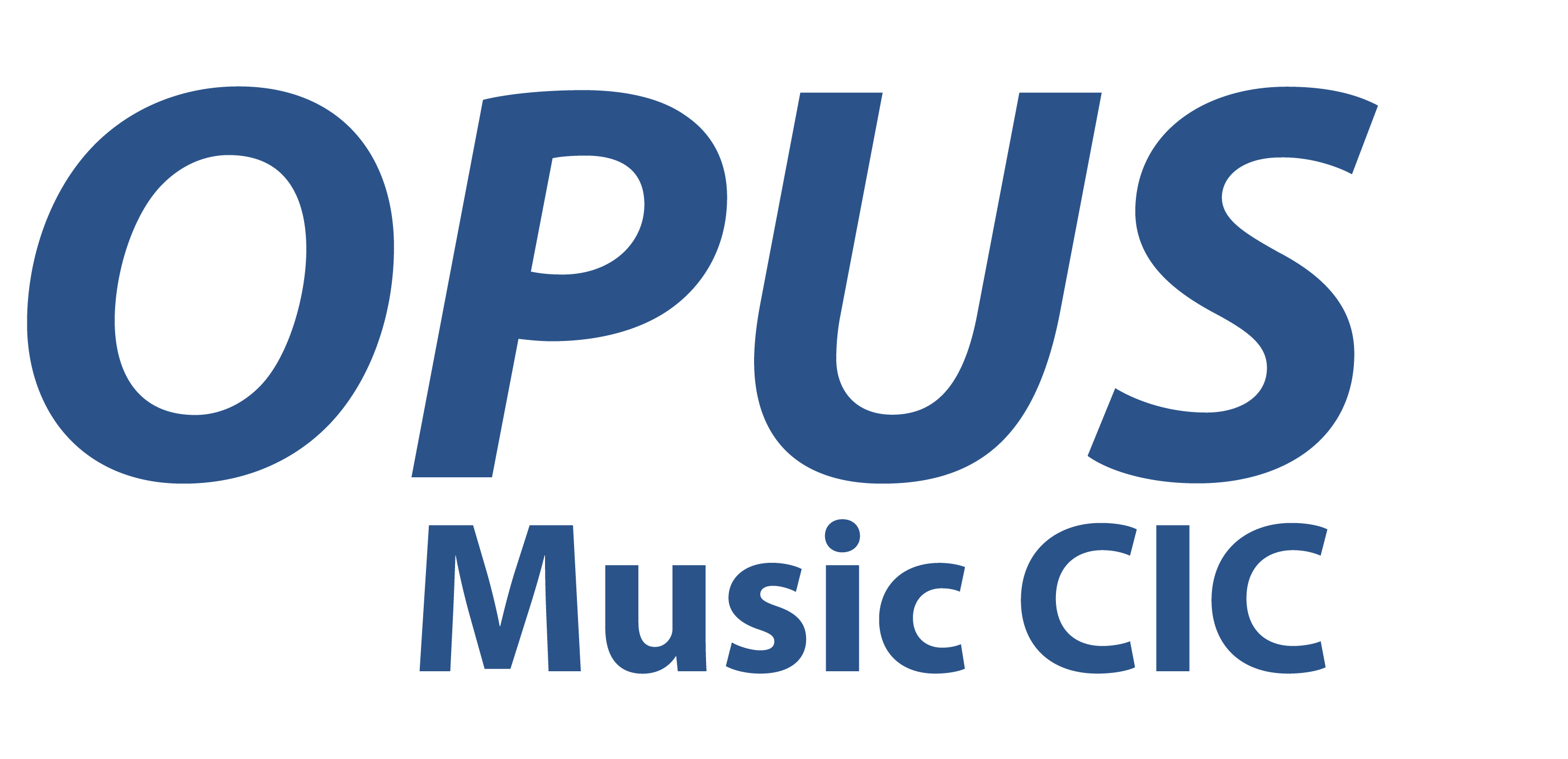Tuesday 29th Jan at Leicester Children’s Hospital, working with Sarah Steenson and Nick Cutts. We began work playing on Ward 12, progressed through to Ward 28 and finished the morning in Ward 14. A busy morning that finished quite late. The afternoon was productively spent only on Ward 10 for the whole time. I was very pleasantly surprised by the amount of movement to music on this particular day, all day long…..
A father joined us in our music, singing to his daughter in her wheelchair initially. She was smiling so much that her gas breathing mask kept slipping off. We played Twinkle Twinkle, and a few other songs, and then progressed to a gentle waltz with the suggestion that they might share some rocking movements together. Dad needed no encouragement from us really and for several minutes the two of them engaged in lovely eye contact and moved back and forth with the wheelchair rolling to and fro on the floor fullly engaged in a beatiful dance.
Over to another ward, and we met up with an enthusiastic mother and her autistic son. She spent quite a while talking to me about how she had worked with her son in his early youth to develop his tolerance to touch, and this was evident as they danced together to our music while we played a mixture of Polkas, Hornpipes and Schottisches in the waiting area and outside their private room.
Another ward led us to meet a family with a toddler sitting in a toy car. She listened to our playing and started to wiggle from side to side. Her dancing developed and became more exaggerated. Nick started to sing “I’m in a Dancing Mood” which enabled us to progress through the song, changing the lyrics to suite the occasion – “I’m in a Singing Mood” ….”Wiggling Mood” etc etc.
Just around the corner, we found a mother and little baby, seemingly with some learning difficulties, and across the other side of the room a young girl in a wheelchair with the most amazing stripey tights on! We played Twinkle Twinkle and the mother sang to her baby and held her in the closest hug in her arms, and began to dance. Those stripey tights also started moving in time to the music. We played the Mazurka de St Pierre and Off to California, and there was much movement to be seen and pleasure exchanged just by the sharing of those musical moments.
In the afternoon we met up with a male patient we had seen before the previous visit and shared some music on the guitar. We all had a similar experience today with the young man playing on Sarah’s guitar with her as we sang. Nick then approached with an improvised song and music in Em. The chord progression was predictable enough for me to join in with an improvised melody. The lyrics Nick created were all about the patient’s name and how the song was made specially for him. The patient beamed with joy and his upper body became energised enough to lean away from the pillow and move about in the bed to the music.
In all the days that I have worked in hospital so far, I don’t think I have ever noticed quite as much of a physical response by so many people on the same day. Just coincidence? Maybe it was the way we were playing this day – I cannot say. But I did go away thinking of the uplifting feeling that I know I get when I have been dancing – the positive hormones that are released when you share music and movement with another human being – and I felt very strongly that we had brought a pretty special cultural dimension to these people’s day in hospital.
Sent from Samsung Galaxy Note
No virus found in this message.
Checked by AVG – www.avg.com
Version: 2012.0.2221 / Virus Database: 2639/5567 – Release Date: 01/29/13






